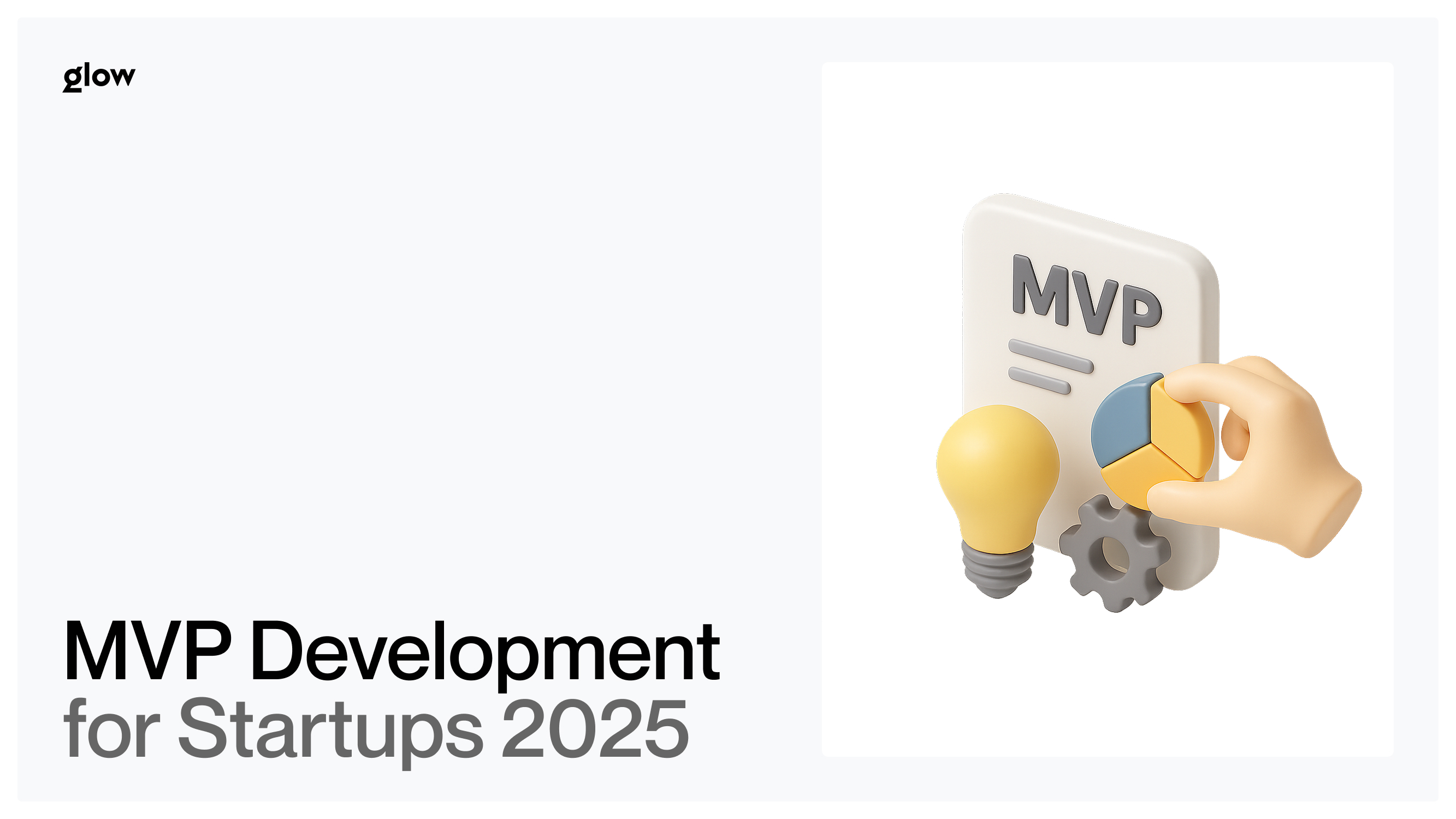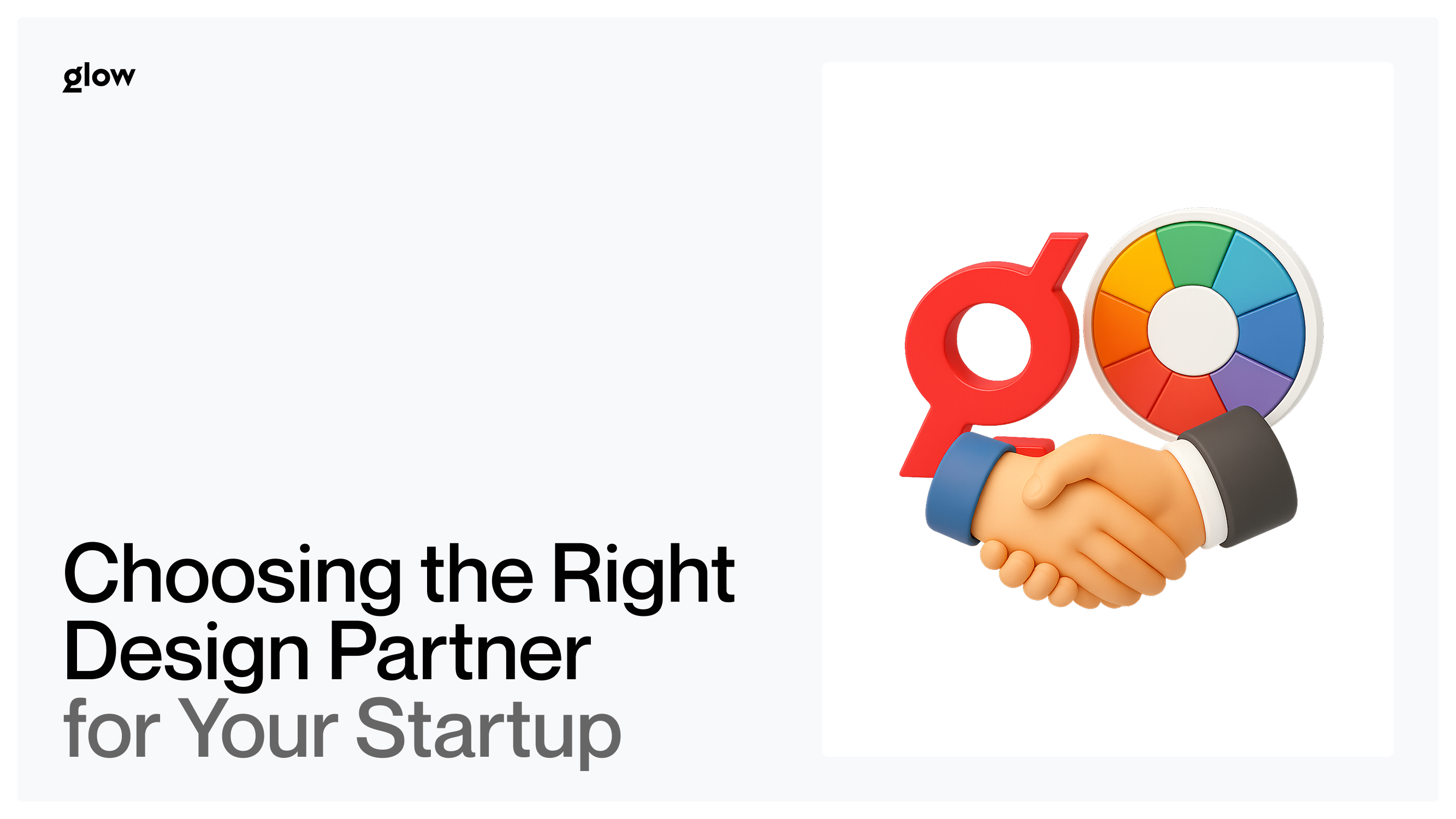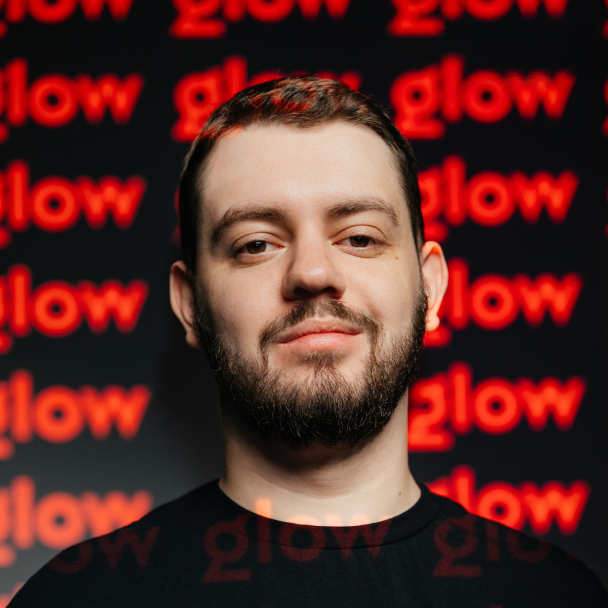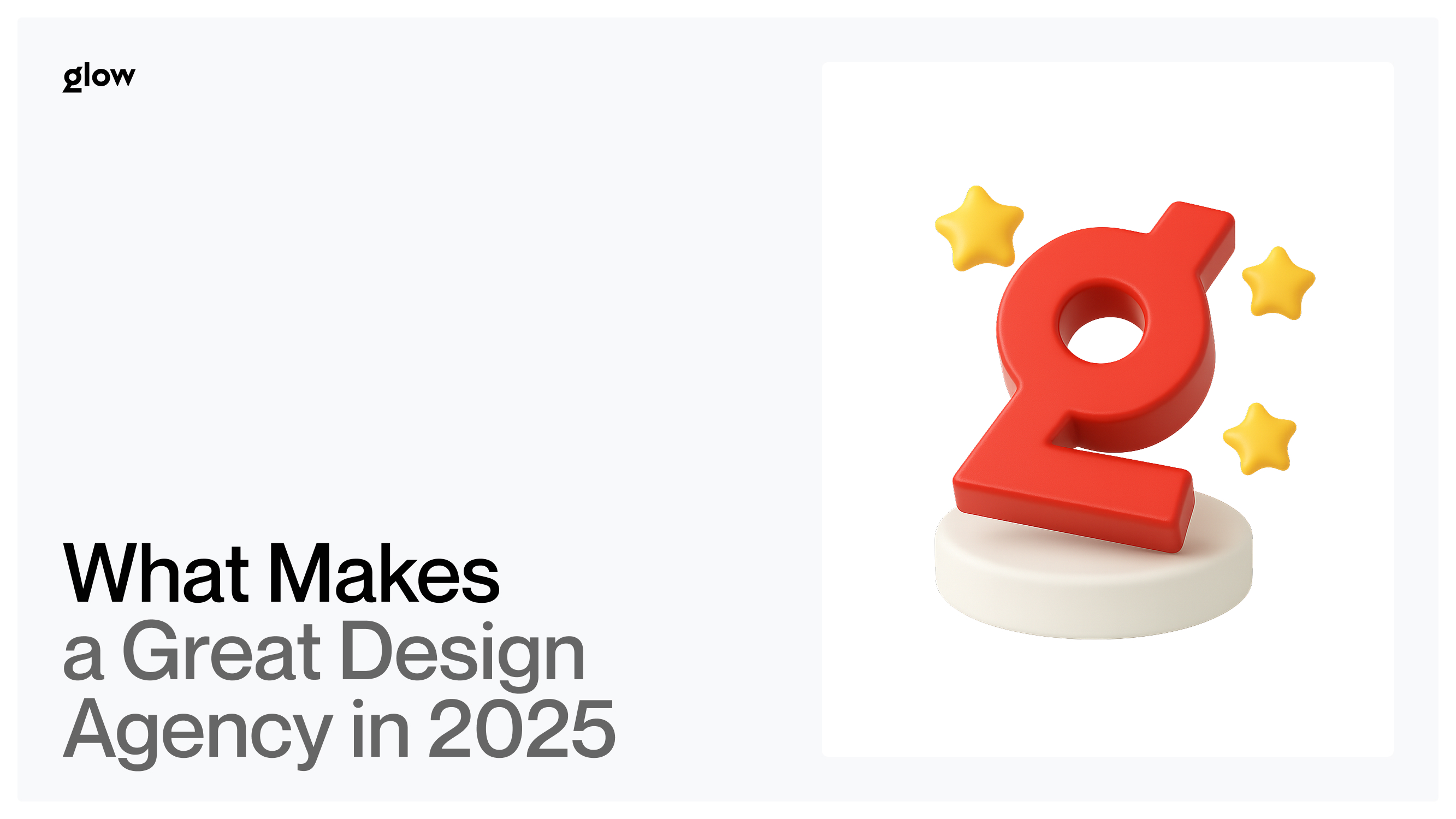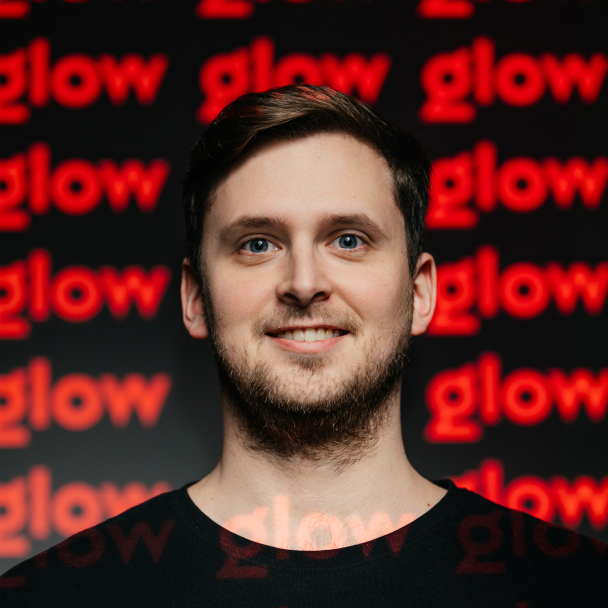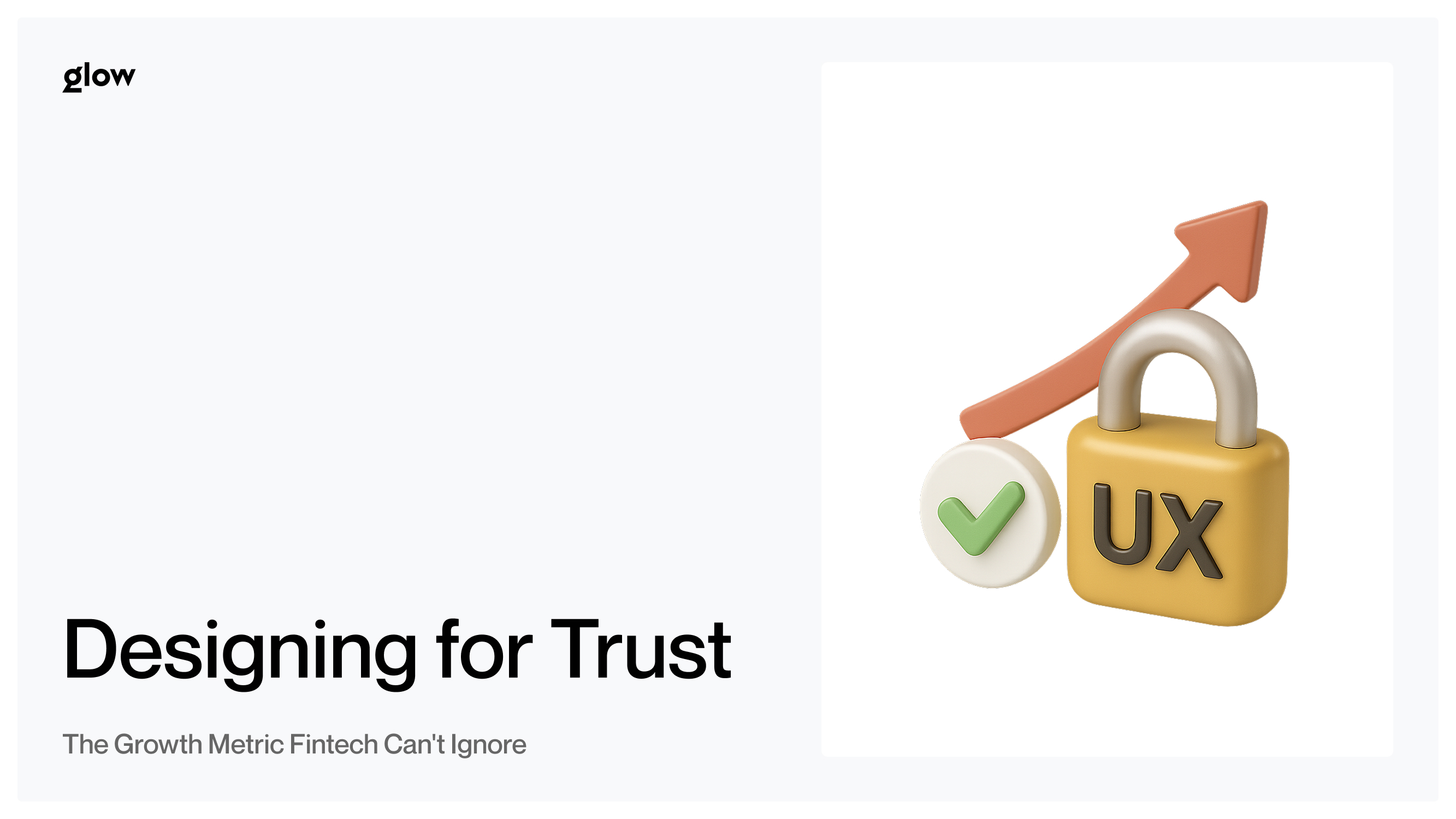In 2025, speed to market is everything. While some startups spend months developing the "perfect product," others launch MVP development for startups, get feedback from real users, and adjust their course.
That's why 70% of successful startups start with a minimum viable product. It's a minimal version that allows you to test your hypothesis without spending your entire budget.
Why MVPs Matter: Speed, Validation, and Risk Reduction

Why MVPs Are Essential for Modern Startups
The modern market does not forgive mistakes. Competition is growing, budgets are limited, and users are becoming increasingly demanding. According to CB Insights’ research, 42% of startups fail due to a lack of product-market fit - they create a product that no one needs.
A minimum viable product solves this problem through validated learning. Instead of guessing what the market needs, you release a basic version of the product, test it on a real audience, and get data. This is not just about saving time and money - it is a risk-reduction strategy. You check demand before investing millions in full-scale development.
MVP vs Prototype vs Full Product
Prototype: is proof of concept. An interactive mockup or technical demonstration that shows how the idea will work. It is used for internal testing or presentation to investors, but does not go to market.
MVP is a real product with a minimal set of features that solves one key user problem. It is launched for early adopters, collects feedback, and generates initial metrics. The goal is validated learning.
Full Product is a mature version with full functionality, refined UX, and scalable architecture. It is developed after the MVP has proven product-market fit.
Types of MVPs and Which One You Should Build

Low-Fidelity MVPs
Landing page MVP is the fastest way to test demand. You create a landing page with a product description and CTA (for example, "Sign up for early access"). If the conversion rate is high, there is demand.
Concierge MVP is when you manually perform product functions for customers. For example, instead of an automated booking platform, you select options and place orders yourself. It's time-consuming, but it provides invaluable insight.
Flintstone MVP (or Wizard of Oz) users think they are using an automated product, but in reality, everything is done manually. A classic example is the MVP development service for food delivery, where the founders processed the first orders manually.
High-Fidelity MVPs
Single-feature MVP is a product with one well-implemented feature. For example, Dropbox started with simple file synchronization. And remember Instagram, which only had photo filters. The focus is on core value, not the number of features.
Piecemeal MVP - you assemble a product from ready-made tools and services. No-code platforms, API integrations, ready-made UI kits. Groupon started on WordPress with PDF coupons sent by email.
How to Choose the Right MVP Type
Choosing the type of MVP depends on three factors:
- Hypothesis. What exactly are you testing? If it's in demand, a landing page is enough. If it's the usability of a new process, you need a concierge or single-feature MVP.
- Budget. Low-fidelity is suitable for bootstrapped startups. High-fidelity requires investment but provides more accurate data.
- Startup stage. Pre-seed can start with a landing page, and the seed stage usually requires a working product.
The MVP Development Process (Step-by-Step)

Step 1 - Market Research & Validation
Before writing the first line of code, conduct 20-30 customer discovery interviews. The goal is to understand pain points, desires, and willingness to pay. At the same time, analyze your competitors: what they do well, where they fall short, and which niches they don't cover.
The key question is: Is there real demand? If you can't find 10 people willing to pay for a solution to your problem, the market probably doesn't need your product.
Step 2 - Define Value Proposition and Success Metrics
Formulate a clear value proposition: what problem you are solving and why your solution is better than the alternatives. Then set SMART success metrics:
- KPIs: number of registrations, retention rate, conversion to paid
- PMF indicators: 40%+ of users responded that they would be "very disappointed" if the product disappeared (Sean Ellis test)
- Financial metrics: LTV > CAC, burn rate
Without clear metrics, it is impossible to determine whether MVP development for startups is working.
Step 3 - Prioritize Core Features
Use frameworks for prioritization:
- MoSCoW - divide features into Must have, Should have, Could have, Won't have. Only must-have features go into the MVP.
- RICE - evaluate each feature by Reach, Impact, Confidence, and Effort. Choose features with the highest RICE score.
The main rule: if a feature is not critical to solving the core problem, it does not cut the MVP.
Step 4 - UX/UI Design & Prototype
A high-quality minimum viable product starts with UX research. Build user flows: how the user solves their task from point A to point B. Create wireframes (low-fidelity sketches), then interactive mockups in Figma.
Conduct usability testing with 5-8 users. Don't ask "do you like the design" - give specific tasks and observe where they stumble. One round of usability testing saves weeks of development time.
Step 5 - Build Fast with Agile
The Agile approach is the standard for MVP development services. Break down development into 1-2-week sprints. At the end of each sprint, you will have a working prototype to show to stakeholders.
Key practices:
- Daily stand-ups to synchronize the team
- Sprint reviews to collect feedback
- Retrospectives to improve the process
The goal is not perfect code, but a working product that can be launched in 6-8 weeks.
Step 6 - Launch and Set Up a Feedback Loop
Launch a soft launch for a narrow audience of early adopters. Set up analytics tools such as Google Analytics, Mixpanel, or Amplitude to track user behavior. Implement in-app surveys and email feedback.
The most crucial thing after launch is the speed of iterations. Collect data, identify bottlenecks, and roll out improvements every 1-2 weeks. The product should evolve based on actual usage, not your assumptions.
Common Mistakes Startups Make (And How to Avoid Them)
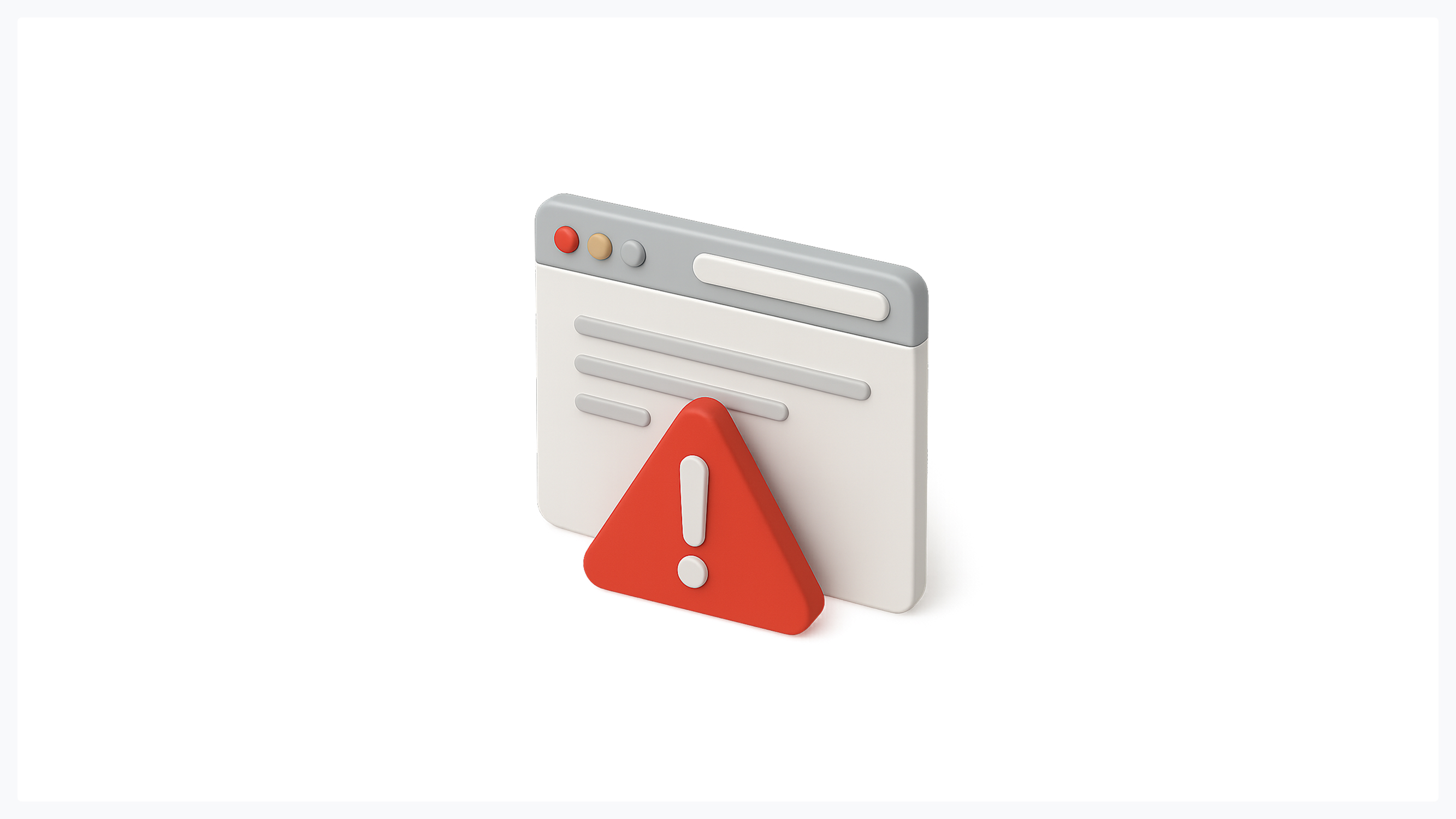
Misreading Demand
The most common mistake is to ignore the market and build a product in a vacuum. Founders fall in love with their idea and ignore signals that there is no demand. Conduct customer development at every stage. If people are not willing to pay for your solution at the MVP stage, they will not pay for the full product either.
Overbuilding vs Underbuilding
Overbuilding - you add dozens of features "just in case." The result: protracted development, a bloated budget, and a product that users don't understand.
Underbuilding - you cut back so much that the minimum viable product becomes barely usable. Users leave because the product doesn't solve the problem.
Balance: The MVP should be minimal but functional. It solves one problem, but it does it well.
Weak Launch Strategy
Even an excellent MVP will fail if no one knows about it. Many startups hope that "if we build it, they will come" - they won't.
Plan your go-to-market strategy in parallel with development. Build your audience before launch through social media, content marketing, and partnerships. Launch for a specific niche, not "for everyone."
How a Strong MVP Leads to Product-Market Fit

Data-Driven Iteration
MVP development for startups is not a one-time project, but the beginning of a "build → measure → learn" cycle. You release a feature, see how users use (or ignore) it, and make decisions based on the data.
Companies that achieve product-market fit typically make 10+ significant pivots after launching their MVP. This is normal. The key is to learn and adapt quickly.
Early User Feedback as a Growth Lever
Early adopters are not just the first users. They are your co-creators. They are tolerant of bugs, willing to give feedback, and often become product ambassadors.
Actively engage them: personal calls, closed channels for feedback, and early access to new features. These people shape the product's direction and help find PMF faster than any agency.
How Glow Team Helps Startups Build MVPs Faster

Research-Driven UX Approach
At Glow Team, we don't start with code - we start with discovery. In-depth market research, interviews with the target audience, and competitor analysis. Only then do we build a UX that solves real user problems, rather than just looking pretty in a vacuum.
Fast, Lean Development
Our MVP development service focuses on core values. We use Agile methodology, work in sprints, and roll out working prototypes every 1-2 weeks. No unnecessary features, only what is critical for testing the hypothesis and launching to market.
Ready to Build Your MVP?
If you're ready to test your idea and launch a minimum viable product in 6-8 weeks, let's talk. Contact us for a consultation on your MVP development strategy.
Conclusion: Build Smart. Launch Early. Learn Fast

Successful startups in 2025 don't build in the dark - they enter the market quickly, test hypotheses with real users, and adapt based on data. MVP development for startups is not about a simplified product. It's about a strategic approach to reducing risk and finding product-market fit.
Don't wait for the perfect moment. Launch, learn, iterate. The market does not forgive slowness, but rewards those who can adapt quickly.

